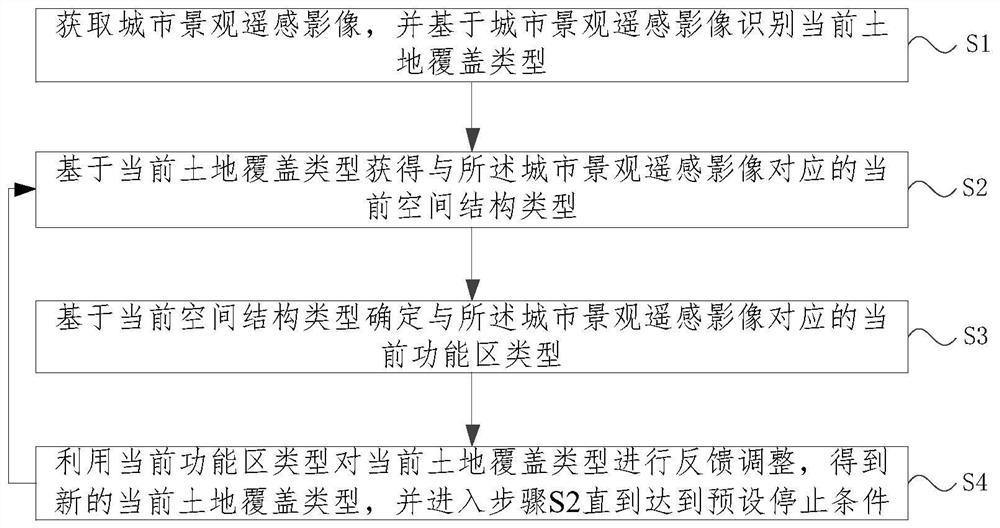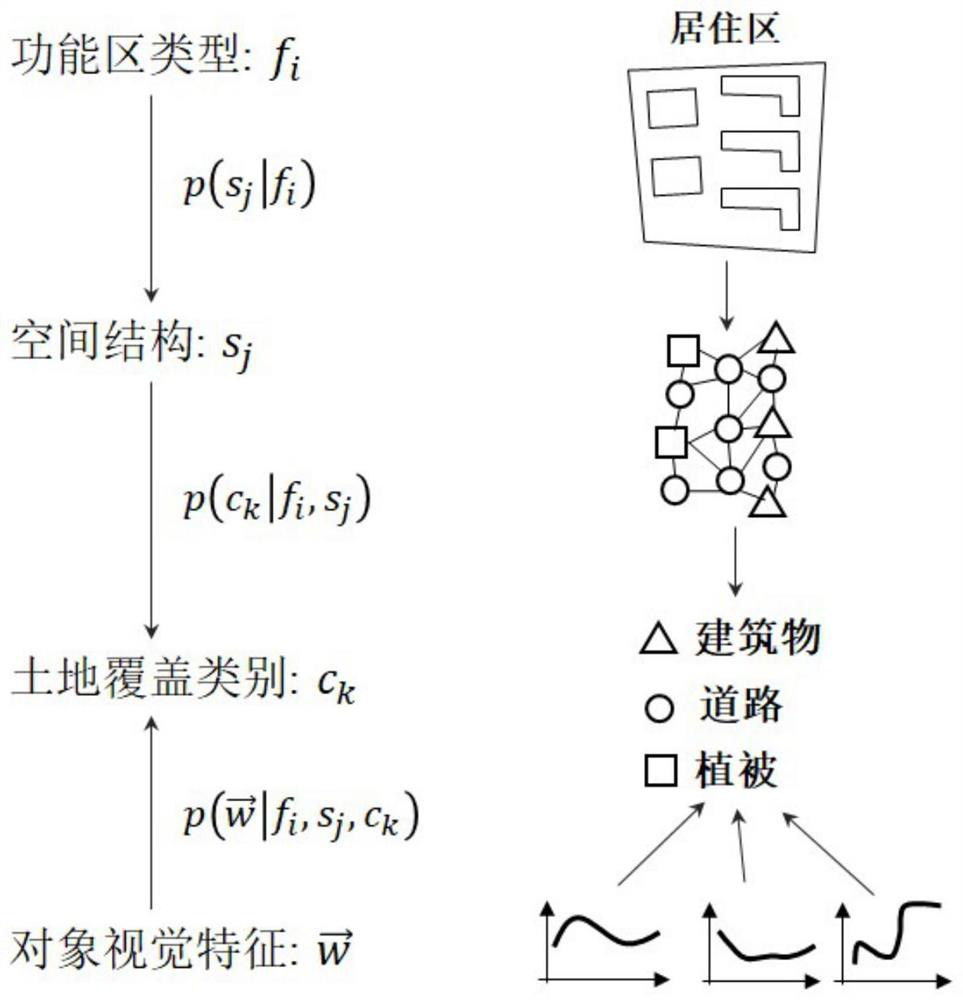Urban landscape classification optimization method and device, equipment and medium
An urban landscape and classification optimization technology, applied in the field of machine recognition, can solve the problems of reducing map accuracy, increasing the difficulty and workload of map drawing, and inaccurate remote sensing image classification, and achieving the effect of accurate recognition results and accurate classification.
- Summary
- Abstract
- Description
- Claims
- Application Information
AI Technical Summary
Problems solved by technology
Method used
Image
Examples
Embodiment Construction
[0050] In order to make the purpose, technical solutions and advantages of the embodiments of the present invention clearer, the technical solutions in the embodiments of the present invention will be clearly and completely described below in conjunction with the drawings in the embodiments of the present invention. Obviously, the described embodiments It is a part of embodiments of the present invention, but not all embodiments. Based on the embodiments of the present invention, all other embodiments obtained by persons of ordinary skill in the art without creative efforts fall within the protection scope of the present invention.
[0051] Combine below Figure 1-Figure 3 An urban landscape classification optimization method according to an embodiment of the present invention is described. figure 1 A flow chart of an urban landscape classification optimization method provided by an embodiment of the present invention; figure 2 A schematic diagram of a hierarchical semantic...
PUM
 Login to View More
Login to View More Abstract
Description
Claims
Application Information
 Login to View More
Login to View More - R&D
- Intellectual Property
- Life Sciences
- Materials
- Tech Scout
- Unparalleled Data Quality
- Higher Quality Content
- 60% Fewer Hallucinations
Browse by: Latest US Patents, China's latest patents, Technical Efficacy Thesaurus, Application Domain, Technology Topic, Popular Technical Reports.
© 2025 PatSnap. All rights reserved.Legal|Privacy policy|Modern Slavery Act Transparency Statement|Sitemap|About US| Contact US: help@patsnap.com



